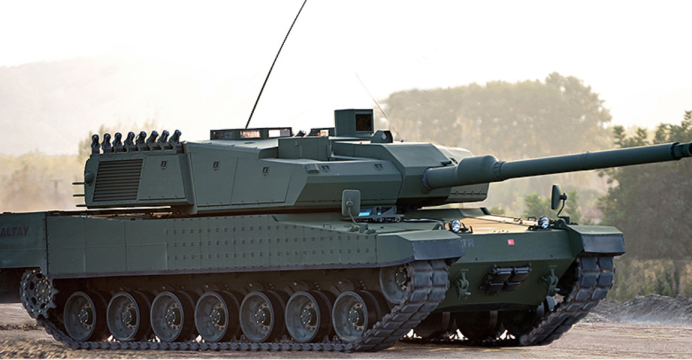Tupolev Tu-300 Korsun-U / Rejs-F Tactical Assault-reconnaissance unmanned aerial vehicle,Russia
Here goes the code of the element you want to show
Sokol / Tranzas Altius-M ( Altair ) reconnaissance unmanned aerial vehicle,Russia
Guizhou WZ-2000 (WuZhen-2000 / WZ-9) - Unmanned Combat Air Vehicle (UCAV), China
Guizhou Sparrow Hawk II - Unmanned Aerial Vehicle (UAV), China
Its design shape no doubt inspired by the successful American General Atomics "Predator" Unmanned Aerial Vehicle (UAV) line, the Chinese Sparrow Hawk II is an in-development air system intended for the surveillance, reconnaissance and intelligence-gathering role. Its payload consists of optical systems and sensors for the roles at hand while power is served through a single engine driving a three-bladed propeller assembly in a "pusher" configuration.
Chengdu Pterodactyl I (Wing Loong) - Medium-Altitude, Long-Endurance (MALE) UAV / UCAV, China
CASIC WJ-600 - Unmanned Combat Air Vehicle (UCAV),China
Altay Main Battle Tank, Turkey
The Turkish National Main Battle Tank Project began in 2005. In September 2010 the conceptual design phase of Altay was completed.
Boeing X-45 - Unmanned Combat Air Vehicle (UCAV) Prototype, United States of America
Subscribe to:
Posts (Atom)





